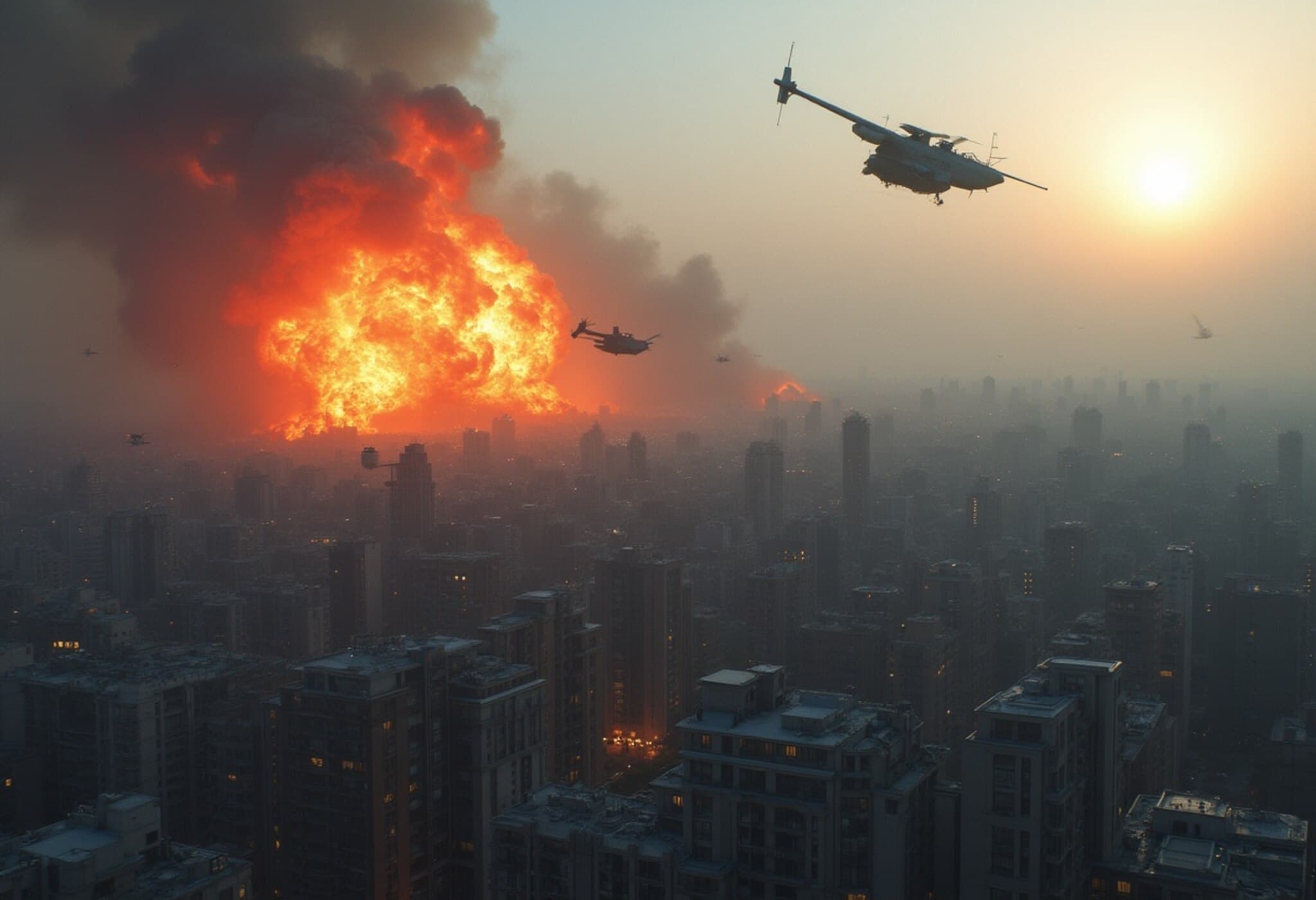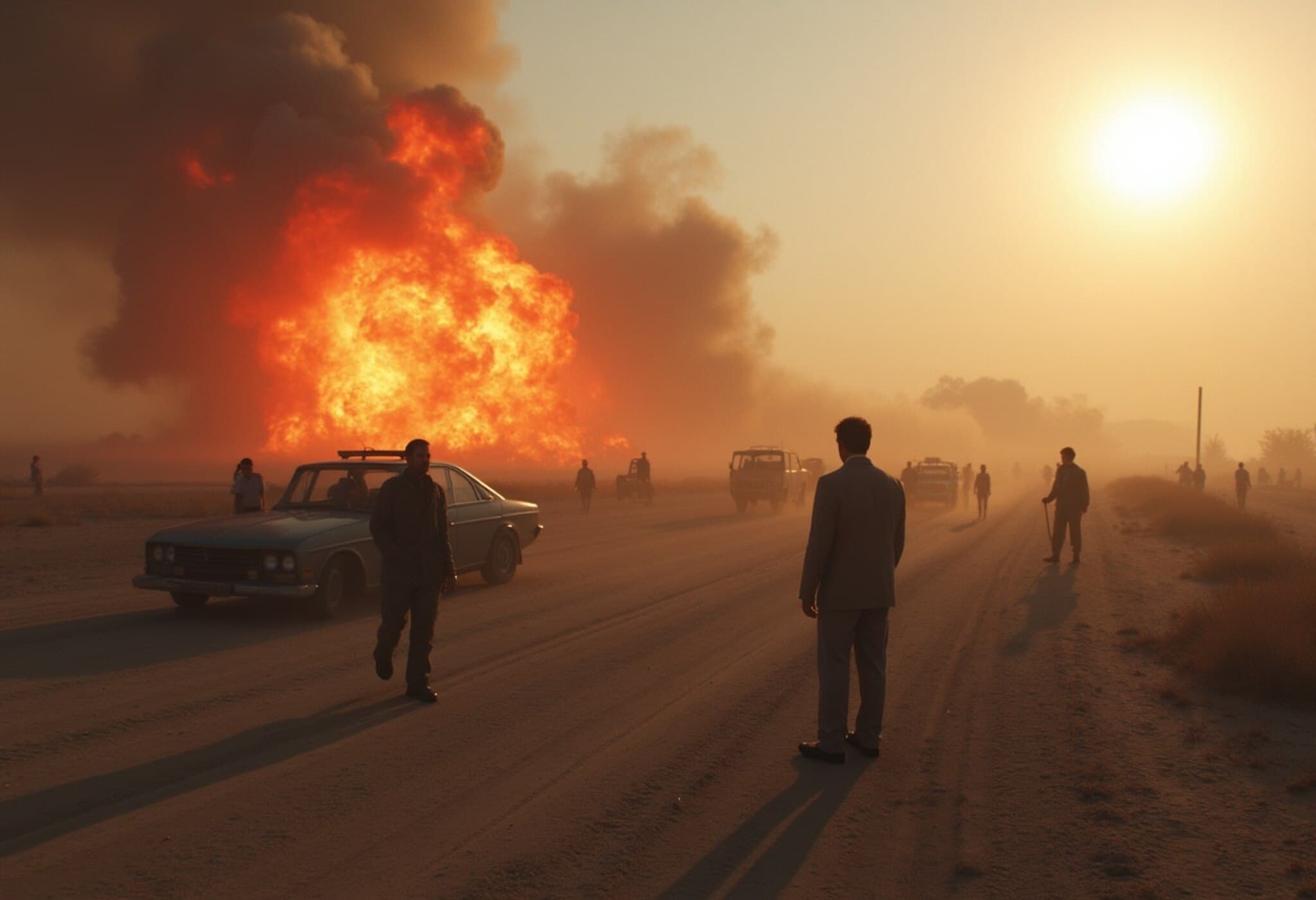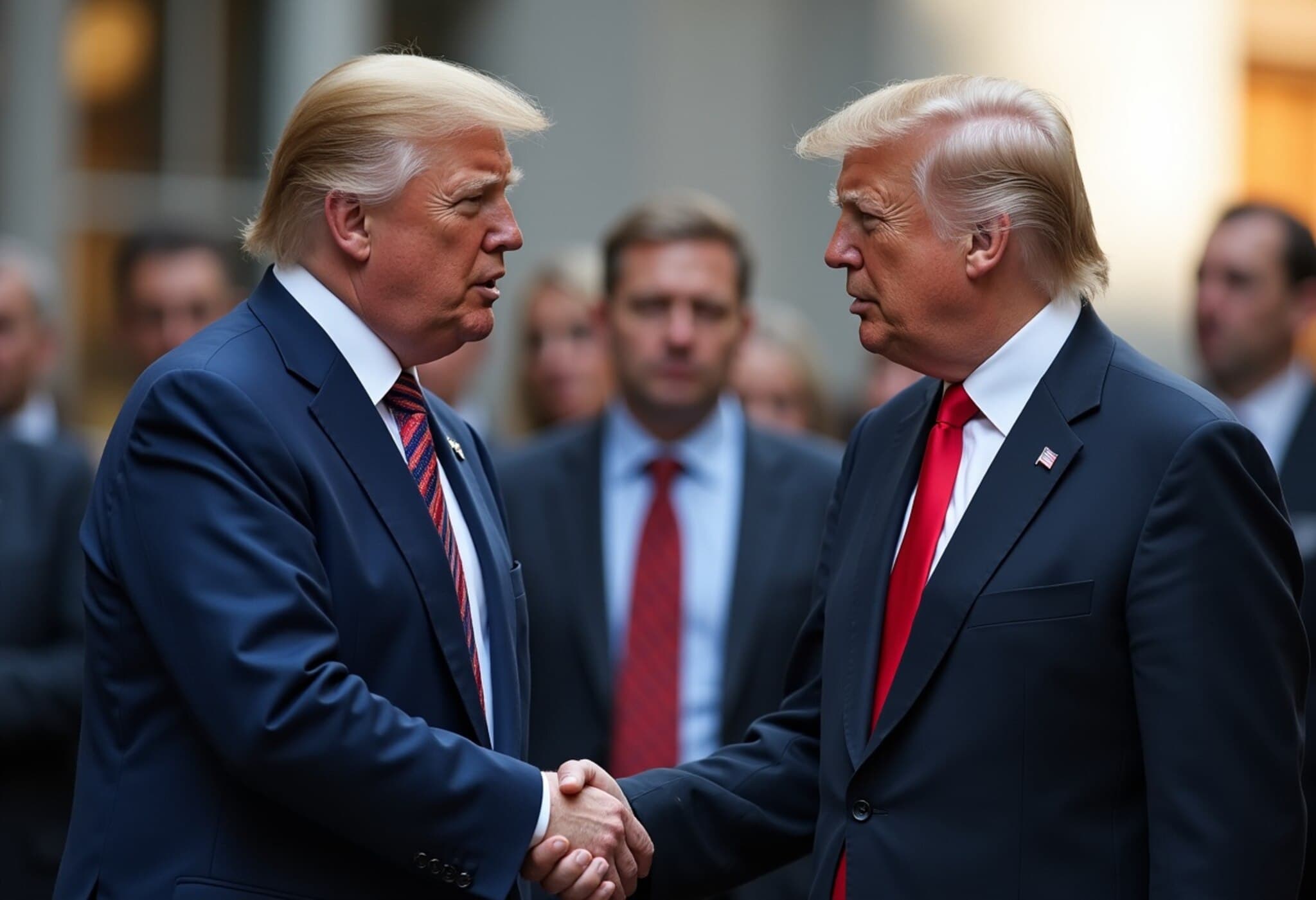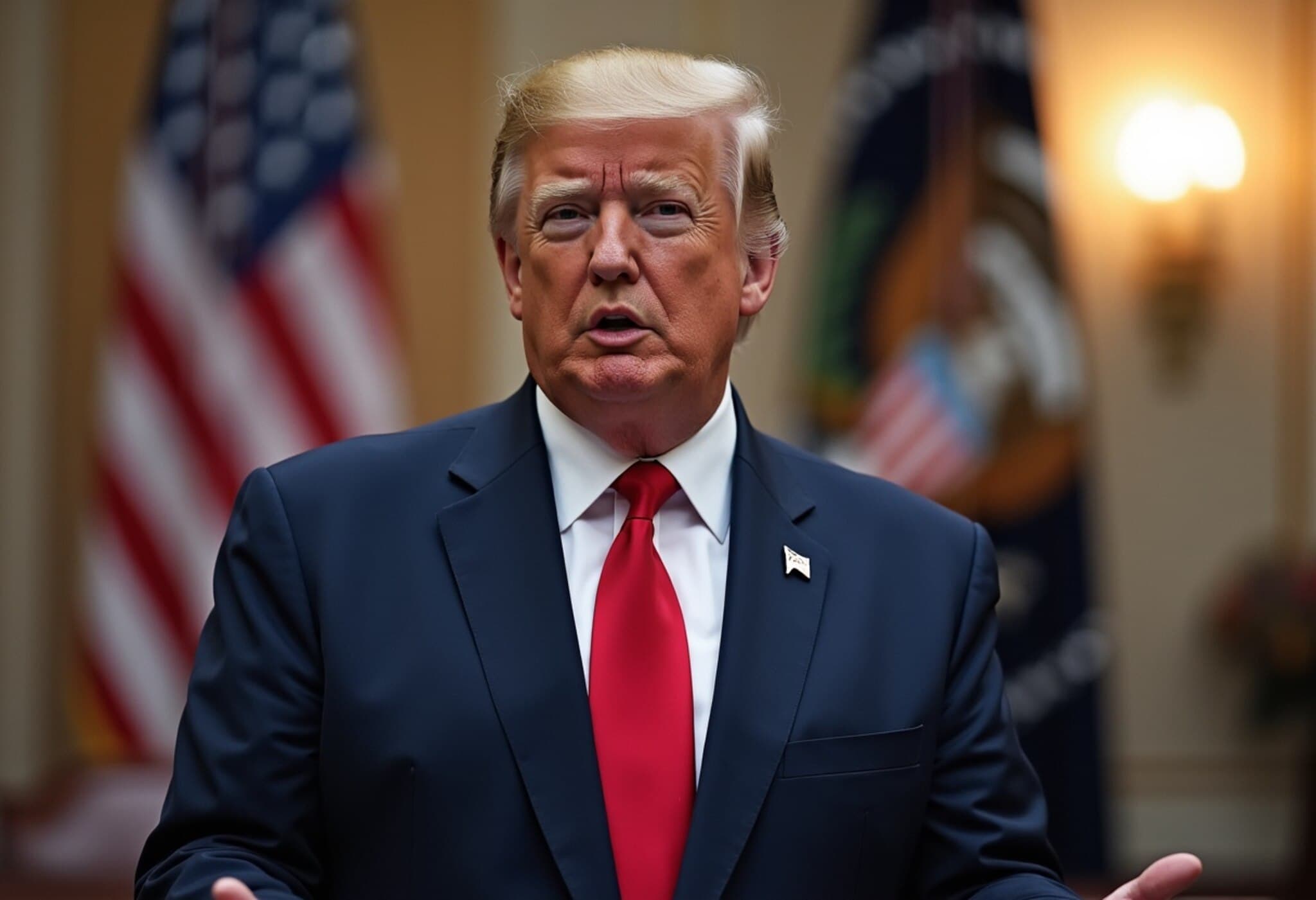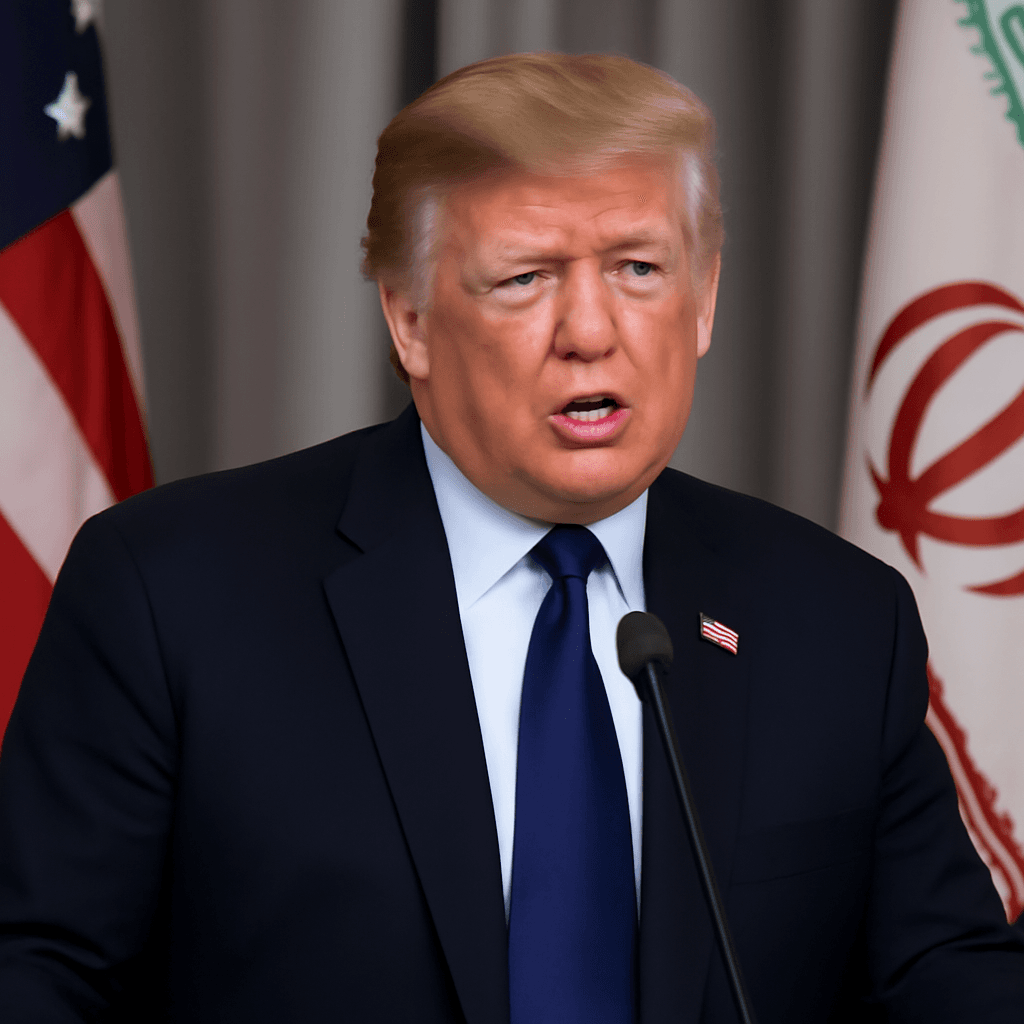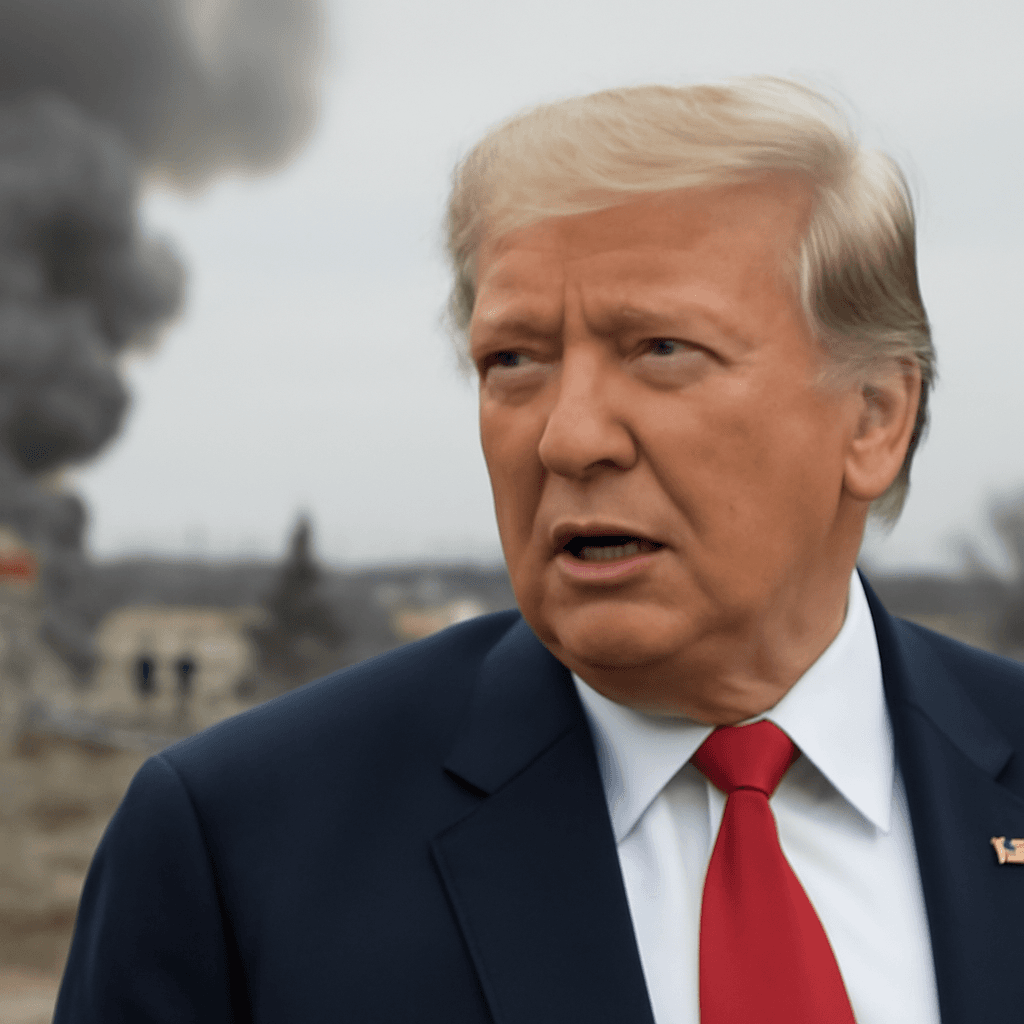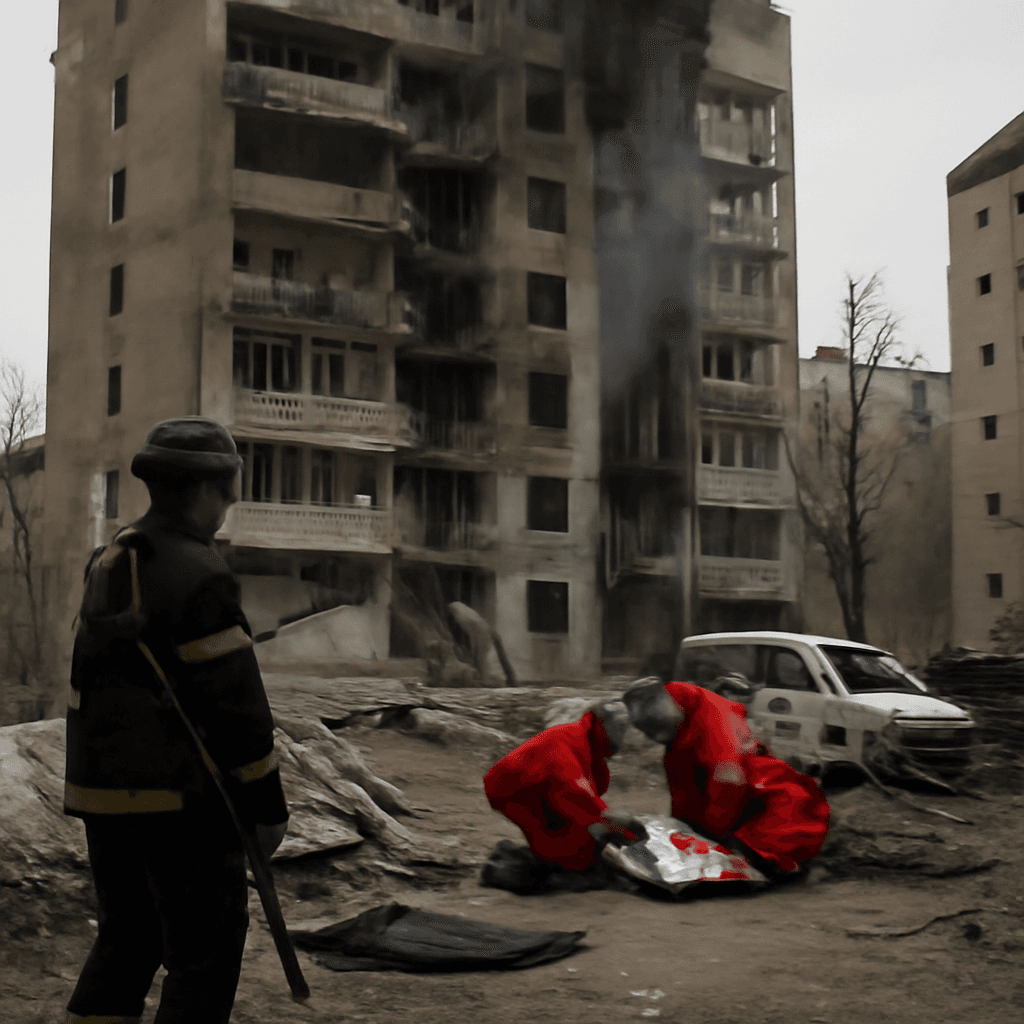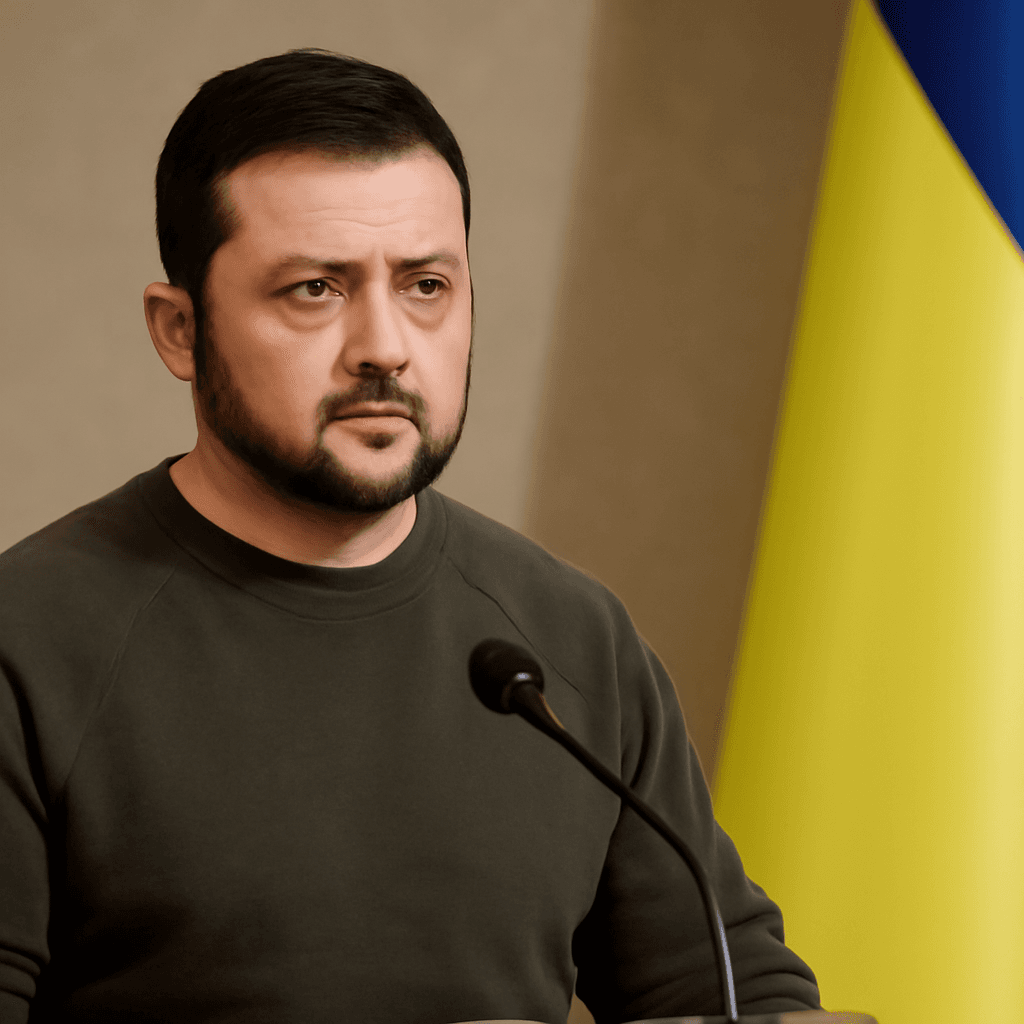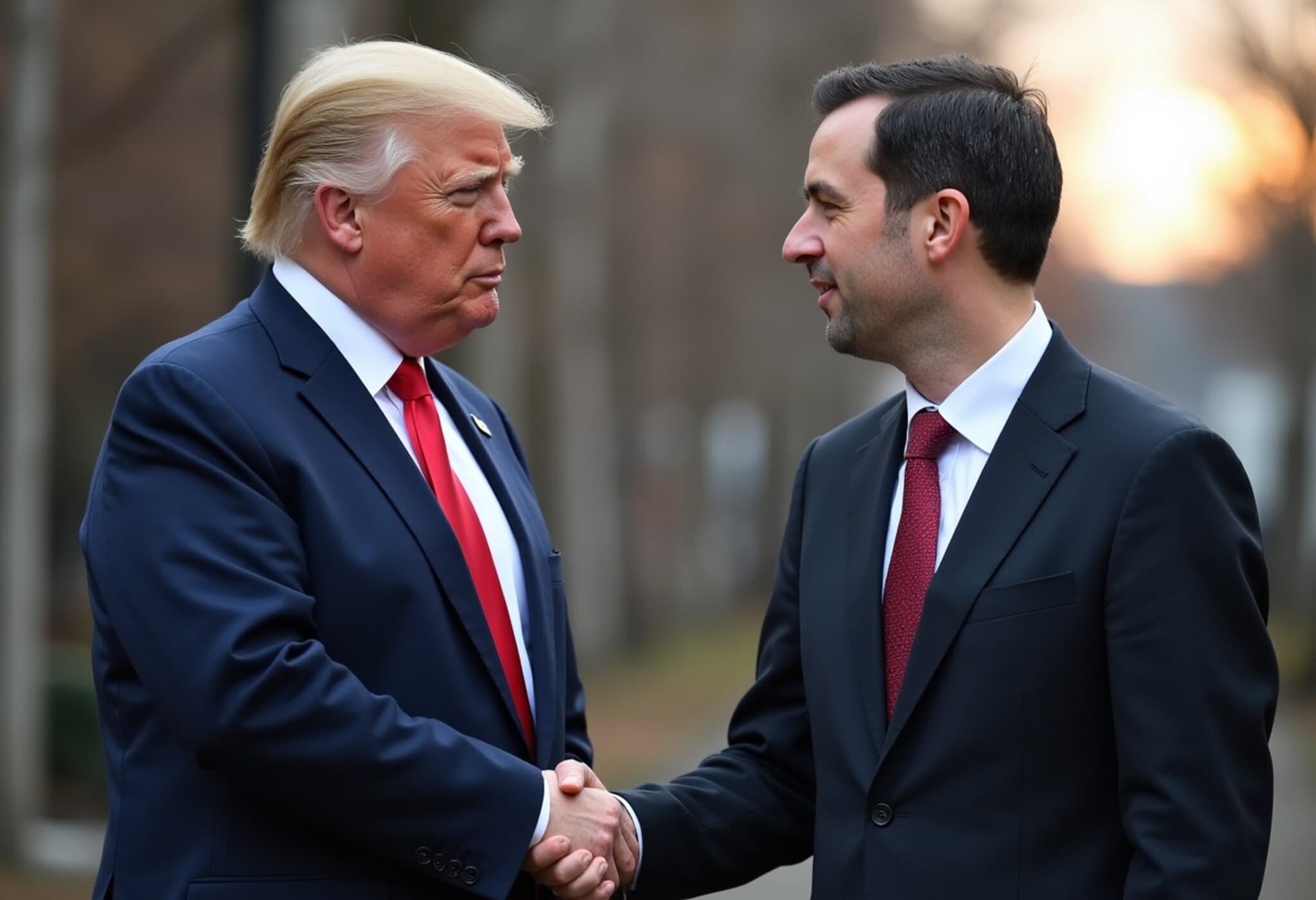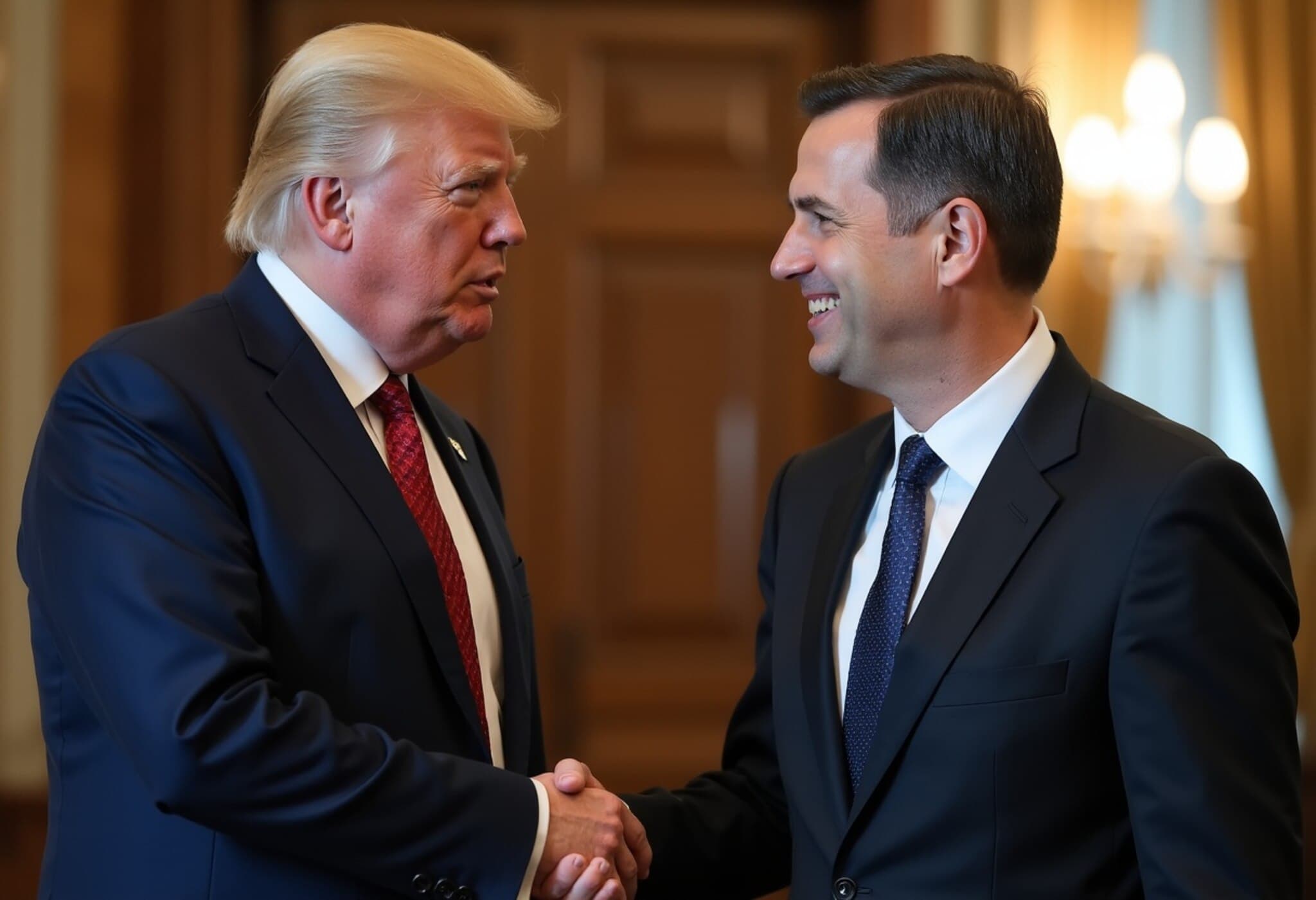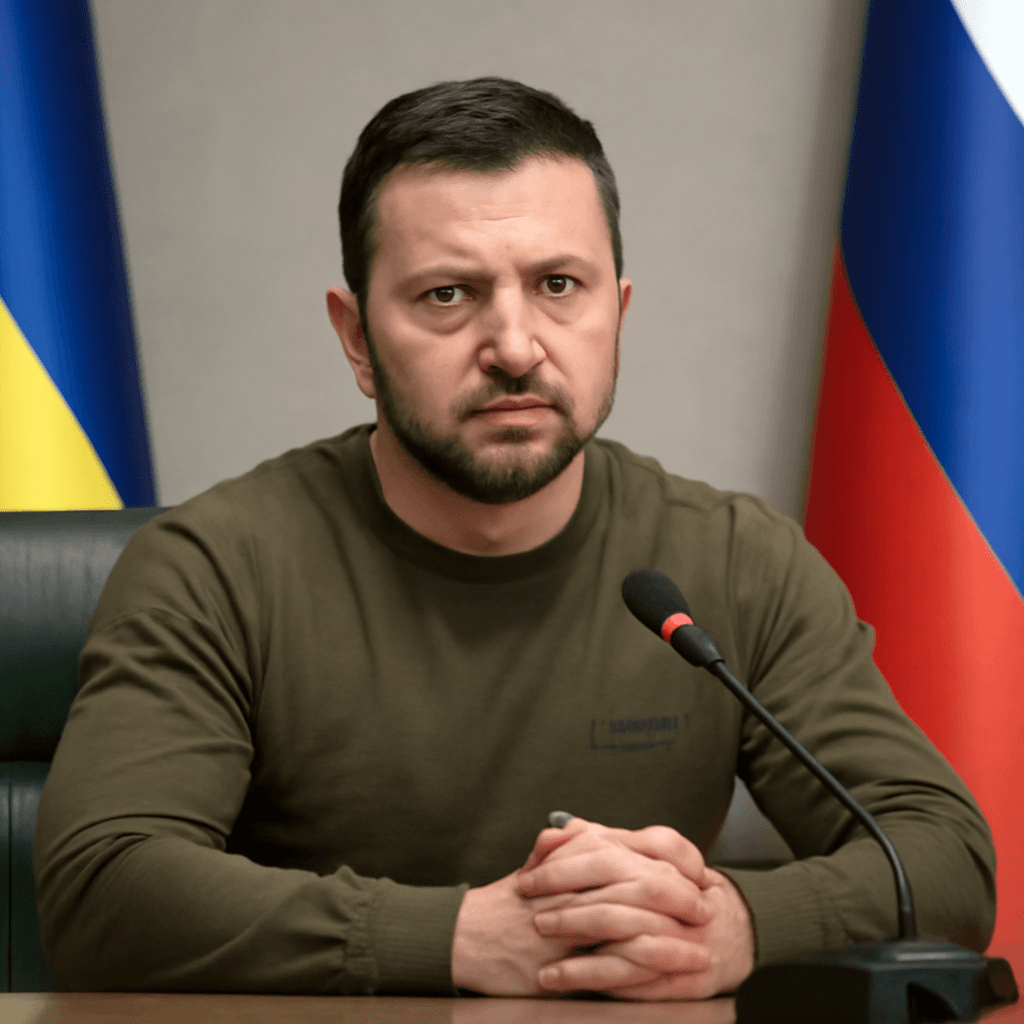Massive Russian Assault Hits Kyiv Amid Intensified Conflict
Kyiv endured the heaviest aerial bombardment since the onset of the conflict more than three years ago, as waves of drones and missiles rained down overnight. The relentless seven-hour attack left extensive damage across multiple districts, claiming one life and injuring at least 26 people, including a child.
As explosions lit up the night sky and emergency crews responded amid debris-strewn streets, Ukrainian officials described the ordeal as a "harsh, sleepless night." The barrage reflects an escalated Russian campaign to seize further territory along the approximately 1000-kilometer frontline where Ukrainian forces face mounting pressure.
Constructive Dialogue Between Ukrainian and US Leaders
Following the assault, Ukrainian President Volodymyr Zelensky revealed he had a "very important and productive" phone conversation with former US President Donald Trump. The leaders explored avenues to bolster Ukraine's air defenses and discussed potential joint manufacturing projects, particularly focusing on drone technology.
Zelensky expressed gratitude for America's ongoing support and highlighted intentions to strengthen Ukraine’s domestic arms industry, though he acknowledged it will take time to scale up production.
The two presidents also considered diplomatic cooperation and mutual investment strategies aimed at enhancing Ukraine’s protection against sustained air attacks.
Details of the Phone Call
- Discussion about reinforcing air defense systems.
- Exploration of US-Ukraine joint weapons production.
- Planning potential meetings between defense teams.
- Exchange of views on procurement, investment, and international partnerships.
On the Ground: Impact of the Attack on Kyiv
The assault involved over 550 drones and missiles, mostly Shahed drones, alongside 11 missiles. Emergency responders faced additional challenges as five ambulances were damaged during rescue operations, and crews cleared more than 300 tons of rubble.
Emergency services reported damage in at least half of Kyiv’s districts, with fourteen people hospitalized, according to Mayor Vitali Klitschko. The Ukrainian government condemned the attack as a deliberate act of terror, targeting civilian areas in the capital.
Continued Hostilities and Prisoner Exchanges
Despite ongoing peace efforts, meaningful progress remains elusive. Recent attempts at direct negotiations have produced limited results, such as sporadic prisoner swaps. On the same day as the Kyiv onslaught, another prisoner exchange took place, with mostly Ukrainian soldiers classified as wounded or seriously ill being returned from Russian captivity.
Trump Expresses Disappointment Following Putin Call
In stark contrast to his conversation with Zelensky, Donald Trump reported feeling "very disappointed" after a separate call with Russian President Vladimir Putin, stating no progress was made toward ending the war. According to Russian officials, Putin reiterated Moscow’s determination to achieve its objectives in Ukraine without concessions.
Rising Intensity of Russian Attacks
June marked a record month for Russian drone strikes, with over 5,400 drones launched nationwide, including more than 330 missiles.
Witnesses in Kyiv described a night filled with the constant hum of drones, loud explosions, and fierce counter-fire from Ukrainian defenses. Ukrainian officials characterized the attack on Kyiv as part of Russia’s broader strategy to target infrastructure critical to military production.
Regional Impact Beyond Kyiv
Beyond the capital, the assault affected several Ukrainian regions, including Dnipropetrovsk, Sumy, Kharkiv, Chernihiv, and Kyiv administrative areas. Ukrainian air defenses successfully intercepted many targets, downing over 270, but several missiles and drones struck their intended locations, causing substantial damage.
The Road Ahead
While Ukrainian leadership pushes to enhance the country's defense capabilities through strategic partnerships and domestic production, the battle for air supremacy and territorial control remains fierce. Both sides continue to suffer casualties and logistical challenges in a conflict showing no signs of abating.

